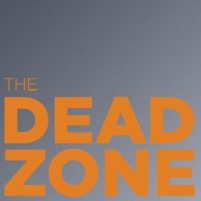Gulf of Mexico Residents Brace for Largest Dead Zone Ever
Monday, June 06, 2011

With record floods flushing out the Mississippi River basin, the terminus of the nation’s largest river—the Gulf of Mexico—is set to experience the worst dead zone ever.
The Gulf is no stranger to dead zones, a product of agricultural waste and fertilizer runoff that feeds algae until it grows in such quantity that there’s insufficient oxygen in the water to support other life. Since the 1970s the Gulf has endured one dead zone after another, with the largest until now measuring about 8,500 square miles (roughly the size of New Jersey) in 2002.
Environmentalists have spent years calling for federal regulations to reduce the amount of pollutants entering the Mississippi River. The Environmental Protection Agency has yet to mandate anything, and only two of the nine key farm states that feed the dead zone—Illinois and Indiana—have done anything at all. And those actions affected only lakes, not the tributaries of the Mississippi.
The U.S. Geological Survey (USGS) cites nitrogen used to grow corn and soybeans and phosphorous from manure as the worst contributors to the problem. At the other end, shrimp fishermen are the most worried about the development of dead zones because shrimp have trouble relocating to safer areas.
-Noel Brinkerhoff
Chemicals in Farm Runoff Rattle States on the Mississippi (by Leslie Kaufman, New York Times)
U.S. Coastal Dead Zones Grow (by Noel Brinkerhoff, AllGov)
- Top Stories
- Unusual News
- Where is the Money Going?
- Controversies
- U.S. and the World
- Appointments and Resignations
- Latest News
- Trump to Stop Deportations If…
- Trump Denounces World Series
- What If China Invaded the United States?
- Donald Trump Has a Mental Health Problem and It Has a Name
- Trump Goes on Renaming Frenzy






Comments